The Russian Campbell: An Introduction
- Em

- May 8, 2020
- 4 min read
The Russian Campbell (Phodopus campbelli), also called the ‘Campbells Dwarf Hamster’ or ‘Russian Dwarf’ by some, is a small hamster weighing on average 30-50g and measuring at an average length of 7-8cm. The agouti (or ‘wild type’, pictured) is a dark brown individual with heavy yellowing on their sides, with a darkened dorsal stripe.
The Russian Campbell is most frequently confused with the Winter White, with many failing to be able to tell the two apart. While they are similar, there are many notable differences: the dorsal stripe of the Campbells is much thinner in comparison, they have a more pointed snout and overall possess a more ‘mouse-like’ appearance in their face. Additionally, the Winter White only comes in three officially recognised colours: neither of the two varieties that are often confused as Campbells possess such extreme yellowing on the sides that we see on the Campbell.

The Russian Campbells habitat shows considerable overlap with the Roborovski suggesting that while they prefer to inhabit more stable ground, unlike the Winter White they prefer much more arid steppe habitats and wander into more desert regions (the Roborovski is described as a ‘psammophile’, and is only found in desert regions with very little vegetation). Because of this, an appropriately sized sand area should considered of high importance to the Campbell. I would suggest a similar guideline in place for the Robo for the Campbells. Perhaps with a suggestion of 1/4 min. of the enclosure being sand.
Additionally, in the wild the Russian Campbell has been observed inhabiting the pre-established burrows of other species (like gerbils) in preference to building their own. While they should still be provided with ample substrate to create their own burrows if they wish, and while a multi-chamber house is important to provide to each domestic hamster species, it is perhaps of higher importance to species like the Winter White & Russian Campbell who have shown a preference for already established burrow systems (which a multi-chamber house replicates).
The Russian Campbell is found in more arid steppe/steppe regions, including desert and semi-desert habitat.
Additional Scientific Literature on the Natural Habitat of the Russian Campbell:
Additional Factors to Consider When Setting Up The Enclosure:
Likewise with Phodopus roborovskii and Phodopus sungorus, Phodopus campbelli also has fur covering their feet and and incredibly shortened tail. Both of these traits make the Campbell an unskilled climber, and likely to slip on smooth surfaces. Because of this, care should be taken to ensure any bridges/ladders you provide them with have appropriate grip for fluffy feet (smooth ladders should be avoided, and ladders made of wooden dowels should not be positioned at too steep of an angle), and that any obstacles you provide do not allow your pet cannot climb to a great height. For a Campbells (and other Phodopus species), I would suggest a maximum fall height of around 10” to ensure if your pet does slip, they do not seriously injure themselves by doing so.
Cork tunnels make great ‘ladders’ to allow your hamster to access platforms, and provide even fluffy feet with ample grip to prevent slipping & struggling while climbing.

Social Behaviour of the Russian Campbell:
While same-sex pairs of Campbells are not naturally occurring, it does not appear that same-sex hamsters maintain exclusive home ranges like the Winter White. Furthermore, the monogamous nature of the Campbell appears to make them much more likely to be successful as a pair in captivity. However, this should only be attempted by very experienced keepers who have hands on experience with the species & extensive knowledge on behaviour and even then, this things can go south very quickly. While there are many success stories of **purebred** Campbells living together in harmony, and even appearing to appreciate the company of another hamster in captivity, there are also many stories of even purebred Campbells seriously injuring or even killing their cage mates. Please do not interpret this as it being easy or low risk to co-hab purebred Campbells – it is not. If you do attempt to co-hab Campbells and they attack or kill each other do not come back to me, I have warned you. Campbells can also live happily alone. If you are not experienced enough to attempt a pair/group, it is absolutely fine to have your Campbell live alone.
As a pet, the Campbell can be a very sweet, easily handleable hamster. However, while some species get restless or on the contrary, become lethargic and depressed in inappropriately sized enclosure, the Campbell appears to be much more prone to developing cage aggression in inappropriately sized enclosures. In appropriately sized & setup enclosures, and if correctly tamed, the Campbell can make be a great choice. However, It is important to be very cautious of their diet: Campbells are very susceptible to obesity if not fed species appropriate diets. Additionally, they are genetically predisposed to diabetes (like the Chinese dwarf hamster), a risk which is heightened when the animal is overweight.
Click images to swipe through, pause, and read.












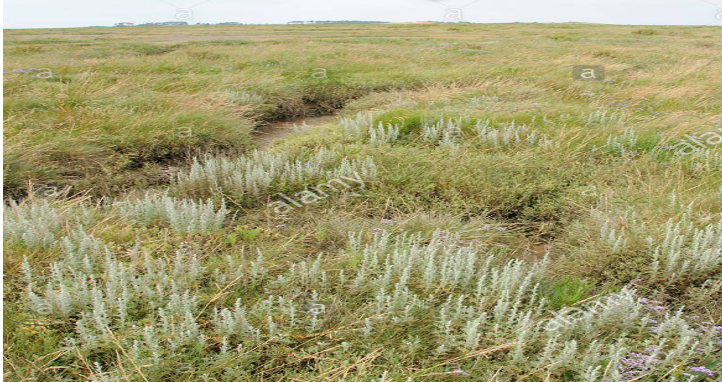



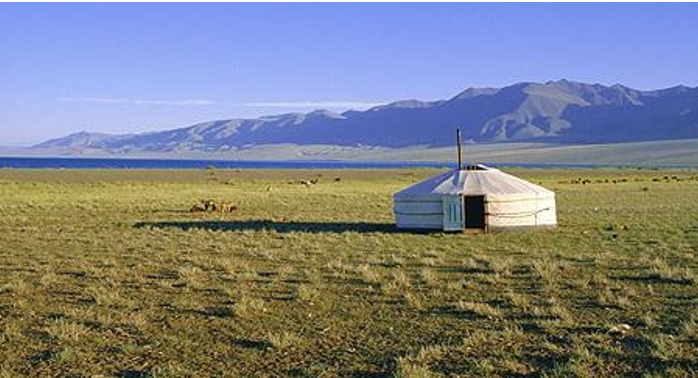








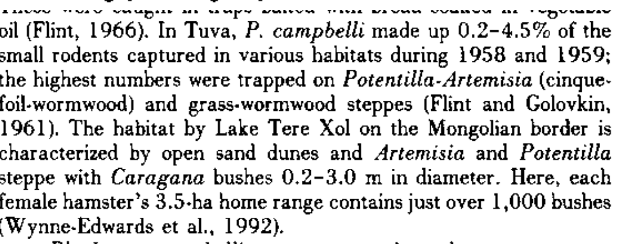

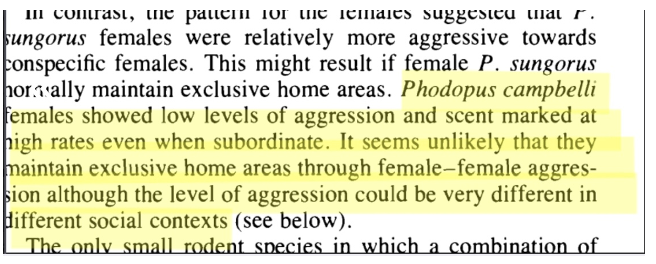

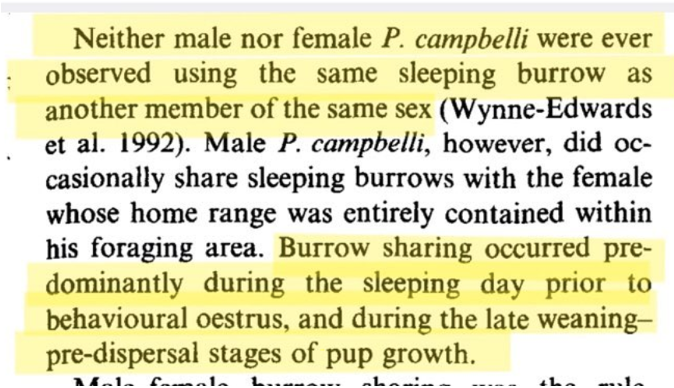
Nice, now i can make the good and better substrate for my hamstie